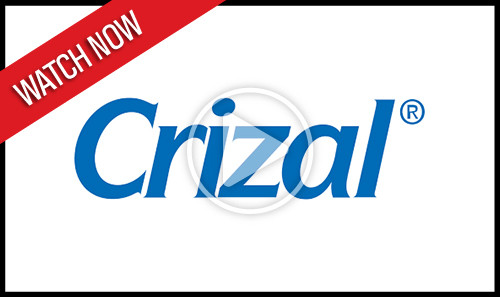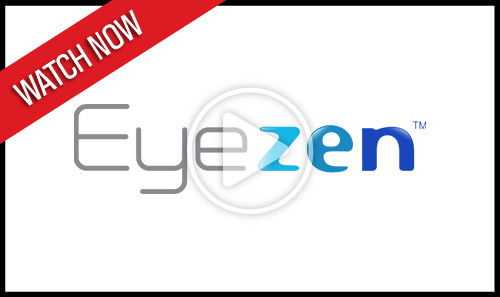Myopia Management
Myopia, also known as nearsightedness, is the inability to see distance objects clearly. For children, this can make it difficult to see the board in school or teammates on an outdoor field. Myopia is currently a common ocular condition and the rate of myopia in our population is increasing due to changes in environmental factors in combination with individual genetics.
Although many of us think of being nearsighted as needing glasses or contact lenses, there is much more to consider with a diagnosis of myopia in children. As myopia increases, the risk for several vision threatening conditions increases as well. These include maculopathy, glaucoma, retinal detachment, and cataracts. The risk of these conditions increases proportionally with the amount of nearsightedness a child develops.
Can it get worse?
For someone wearing glasses or contact lenses, we expect an increase in myopia throughout childhood, usually through the late teenage years. Increases in time spent doing near work (reading, computer work, time spent on phones) and lack of time spent outdoors are both associated with an increase in myopia progression.
The prescriptions of parents and siblings can be helpful in predicting a child’s likelihood of myopia progression, but it is not exact. It is not possible to exactly predict how nearsighted someone will become.
Can we do something about it?
For a long time, all we could do to treat myopia was prescribe stronger glasses to maintain clear vision.
Previously it was thought that undercorrection (not giving the full prescription to correct vision to 20/20) may help slow progression, however more recent studies have shown that this may actually increase the rate of myopia change. Eye exercises have also not been shown to be effective.
Recently, intensive research has shown there are several methods effective for slowing myopia progression. Specialized contact lenses or prescription eye drops can be effective at treating myopia, specifically in children.
How do I start?
Your child needs an updated eye exam (within the last 6 months). Once this is completed, you will schedule a myopia management consultation, during which the doctor will take additional measurements. Based on this information, a recommendation for the best treatment modality will be made for your child’s specific needs.







